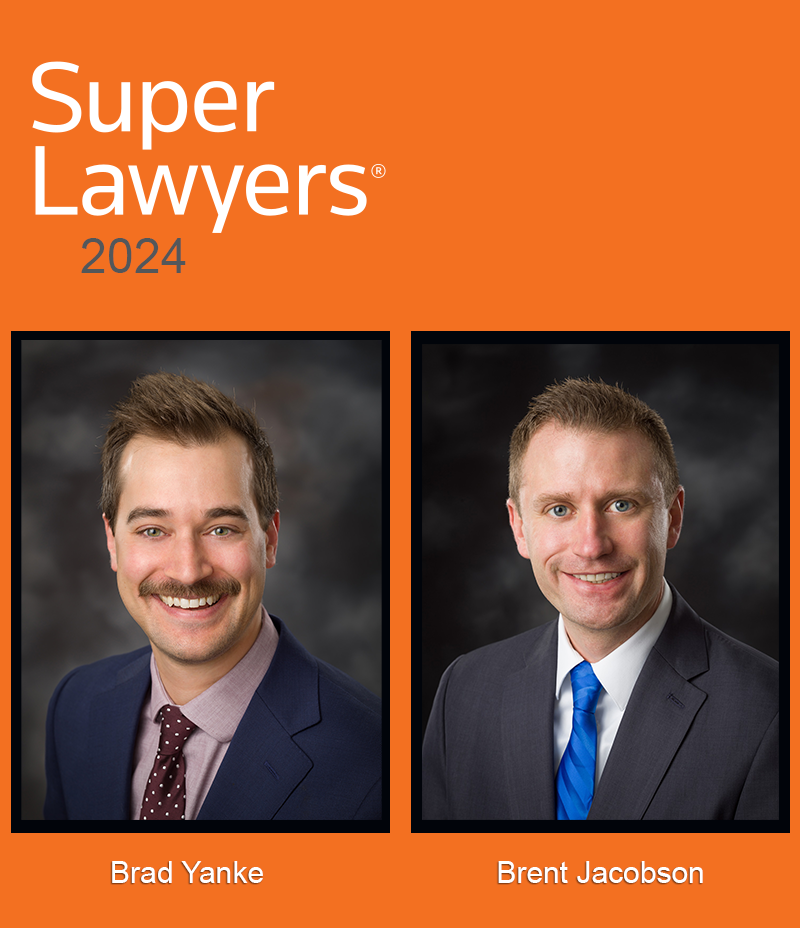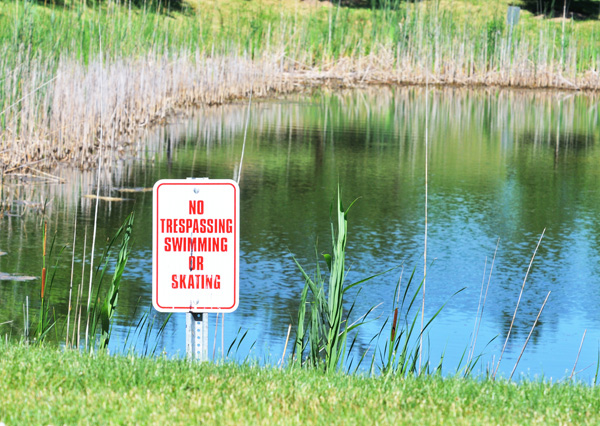
Understanding Medical Payments Coverage

Medical payments coverage through your automobile insurance is often an overlooked and sometimes misunderstood coverage. Reasonably, consumers are more interested how much coverage they have for liability (if they are at fault), underinsured/uninsured (if someone else is at fault but not sufficiently insured), or collision/comprehensive (how much it will cost to get their vehicle repaired). In terms of premium dollars allocated, medical payments coverage ranks low.
It is important to understand your medical payments coverage because if you are in an accident, regardless of fault, it is often the first “pot of money” that pays for medical treatment. Medical payments coverage is what is known as “no fault” coverage, it pays for medical expenses incurred because of an accident regardless of whether you or someone else is at fault.
- What dollar amount you are covered for; the most common medical payments limit is $10,000 per person. However, coverages can range from as low as $1,000 (not recommended) all the way up to $100,000.
- You should check your policy to see whether your medical payments coverage is primary or secondary/excess. Most medical payments coverage is primary; that is, medical payments would pay and be used up before normal health insurance starts paying. However, there are some insurers that have their medical payments coverage as excess or secondary. In this scenario, the accident-related treatment would have to be first submitted to normal health insurance, and medical payments coverage would pay what remains, such as any deductible, co-pay, coinsurance, and/or if the treatment was denied by health insurance.
- You will want to know by when the coverage must be used. Some policies are written that the coverage must be used within one year of the accident; some policies say use within three years of the accident; and, even some are written that if treatment is started within one year of the accident, then they will cover it for three years from the accident date.
- if you receive a settlement or judgment from the at-fault party or their insurer, your insurer, that paid medical expenses on your behalf, may have the right to subrogation/reimbursement for the payments made. Fortunately, all medical payments coverage insurance in Wisconsin is subject to the Made Whole and Common Fund doctrines, which can be used to reduce the amount that has to be paid back to your insurance company out of any settlement/judgment.
As you can see, medical payments coverage is not a simple issue of have it vs. don’t have it. Depending on how much coverage you purchased and how the policy is written will determine how the coverage is utilized after an accident. Of course, contacting and retaining a skilled attorney can help you strategize how to effectively use medical payments coverage to minimize your out-of-pocket expenses after an accident. If you are in a vehicle accident, don’t be a vitcim twice, make an appointment for a free consultation with one of our skilled personal injury attorneys.






